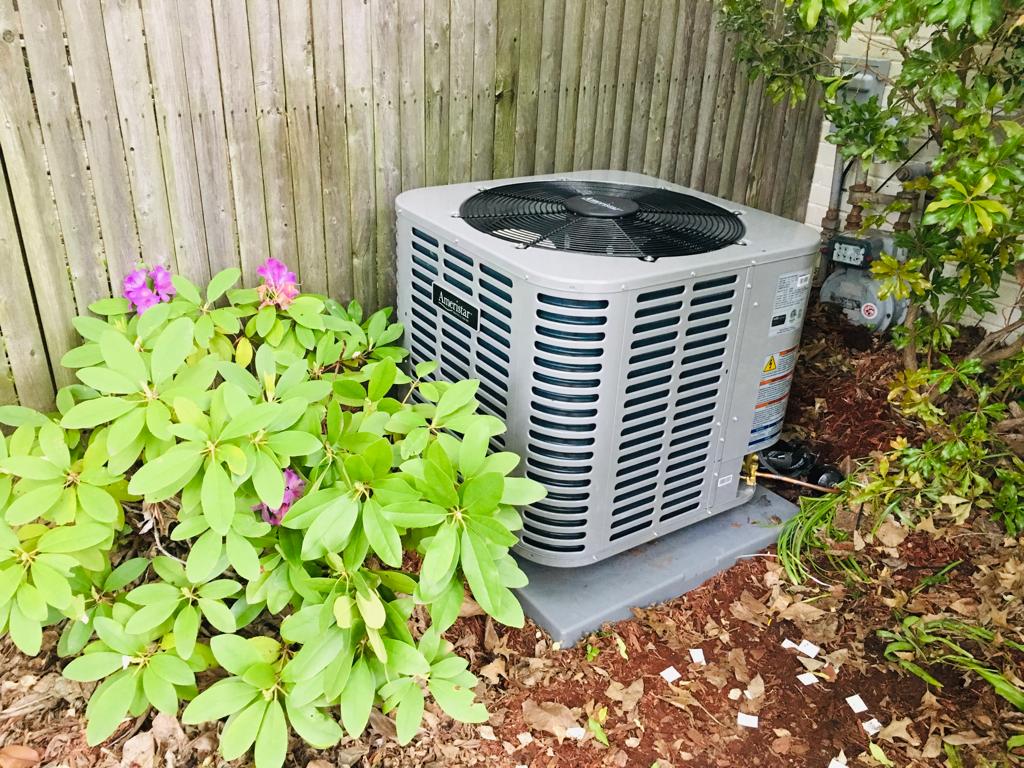
- Turn down the thermostat – The US Department of Energy suggests keeping the heating thermostat set at 68 degrees Fahrenheit during the day in the winter season.
- Weatherproofing the house – Check all door and window seals to make sure that there is no cold air coming inside. Check the insulation in the basement, attic, doors, and walls. weather-strip the house.
- Replace your existing old-style thermostat with a smart thermostat – Using a smart thermostat does more than managing your home, office, or warehouse heating and cooling system. Since it’s an app-enabled device, you can adjust your house temperature from anywhere to the desired temperature.
- Lower the water heater temperature – If you have small children or elderly people in the house than120 degrees Fahrenheit is ideal from a safety point of view. 140° is the common default setting people use in residential and commercial places. Studies show that keeping the water temperature below 120 degrees may create a risk for bacteria to develop inside your water heater. from stagnant water, such as legionella that causes legionnaires disease.
- Preventive maintenance schedule – A preventive maintenance schedule is a service plan for an organizing company to make sure that the maintenance tasks are performed twice a year on your HVAC unit. The purpose of preventive maintenance is to keep your heating and air conditioning units in optimal working condition.
- Keep refrigerator/freezer condenser coils clean and adjust your fridge and freezer temperature.
- Take shorter showers with mild or warm water.
- Replace regular light bulbs with light-emitting diode (LED) bulbs.
- Try to avoid washing clothes in hot water.
- Fix leaky faucets, running water in toilet tanks, water heater, and other appliances.
- Air ducts sealing – In most houses and offices which have forced-air heating and cooling systems, ducts are used to distribute conditioned air throughout the house. According to energy-star.gov, in a typical house, about 20 to 30 percent of the air that moves through the duct system is lost due to leaks, holes, and poorly connected ducts. This may result in higher utility bills and a challenge to keep the house or office space comfortable.


